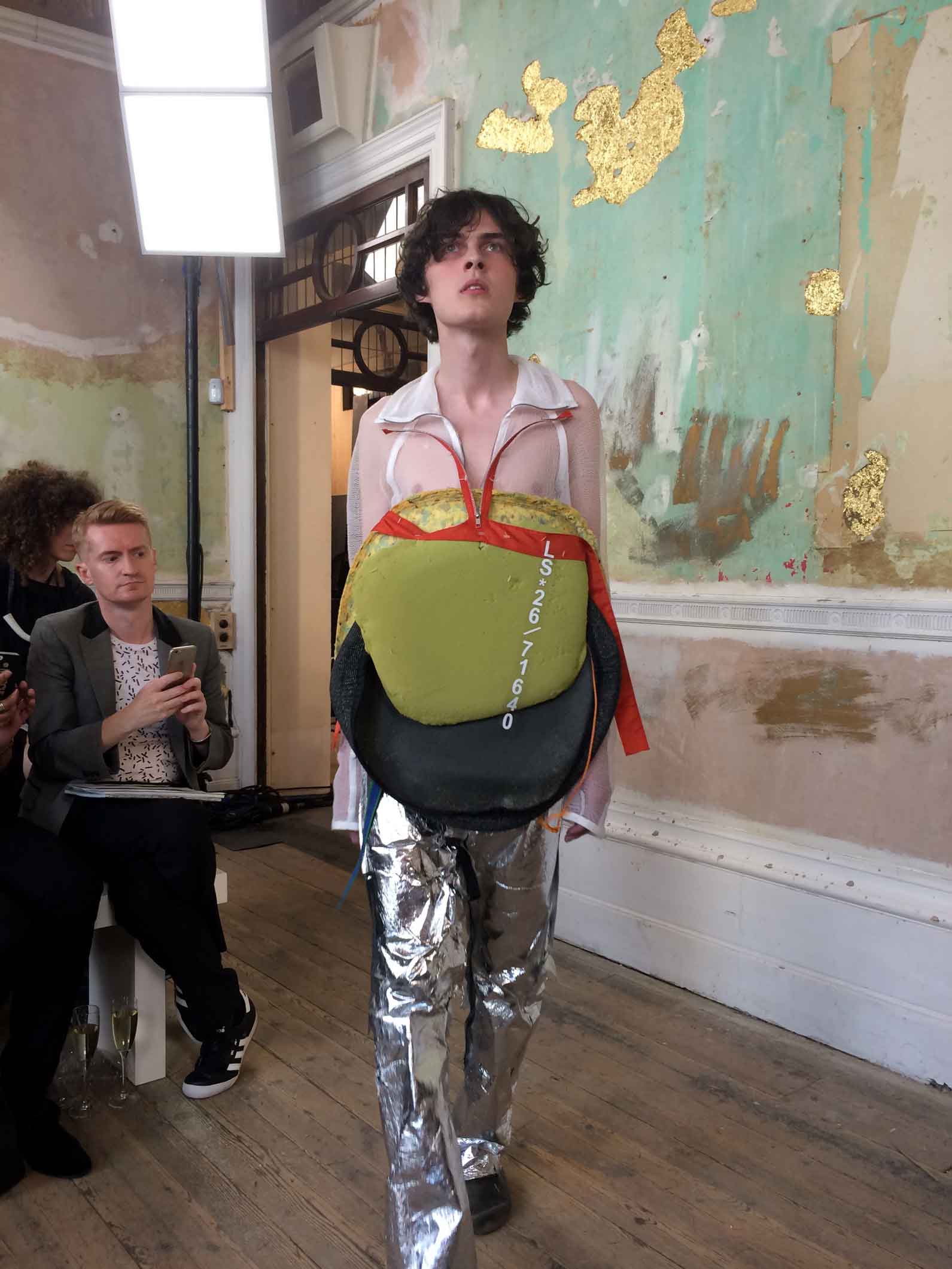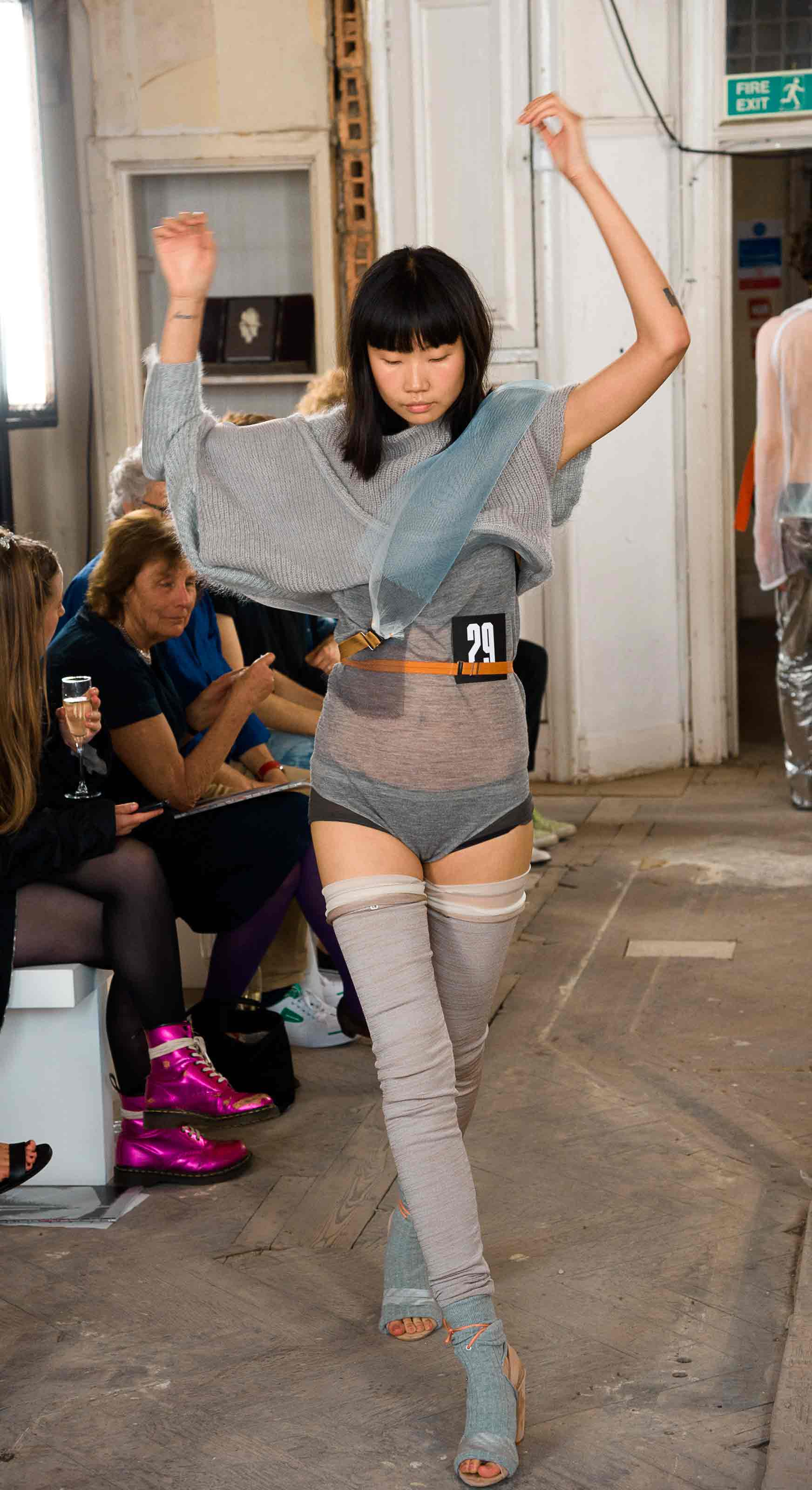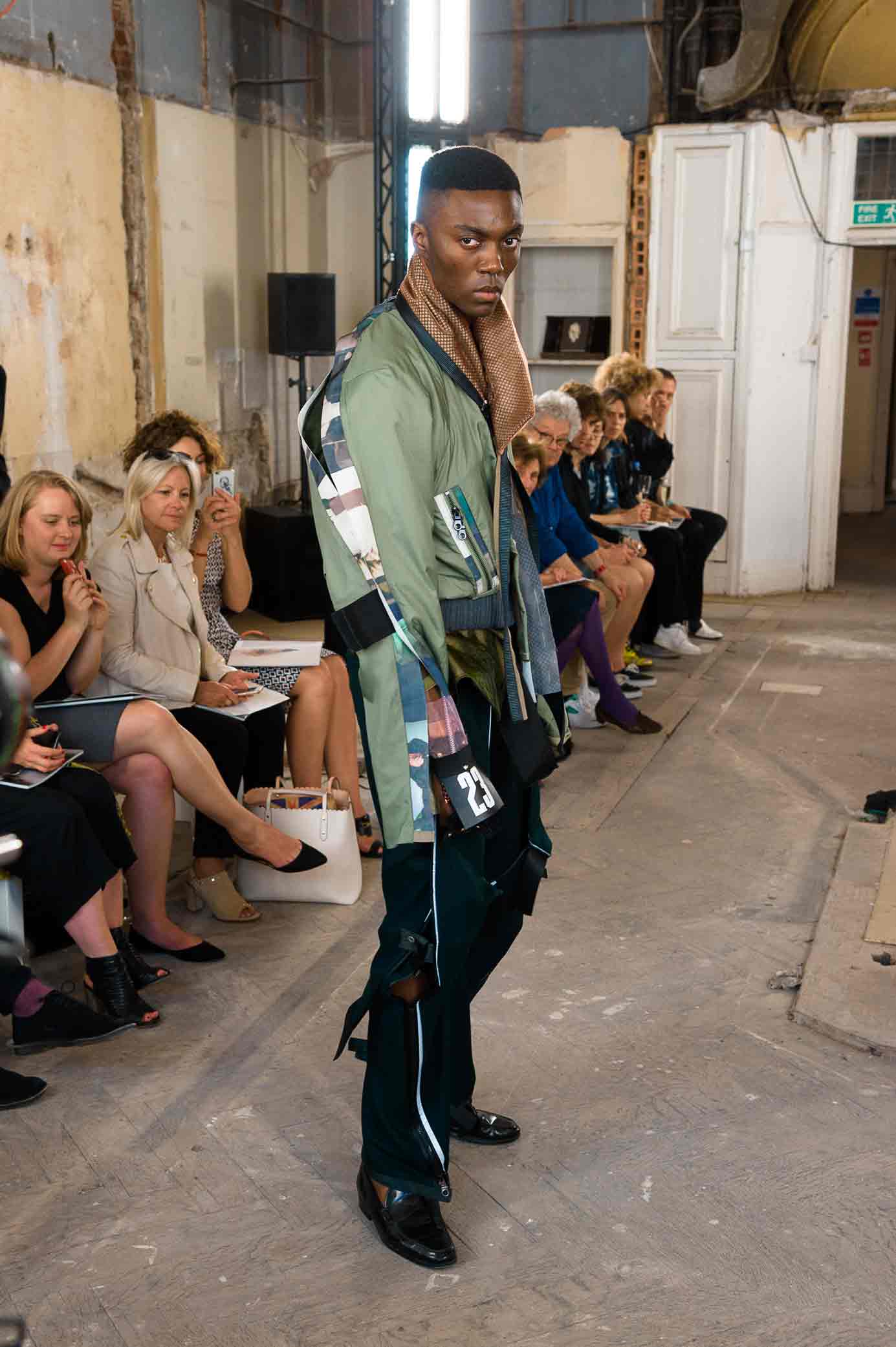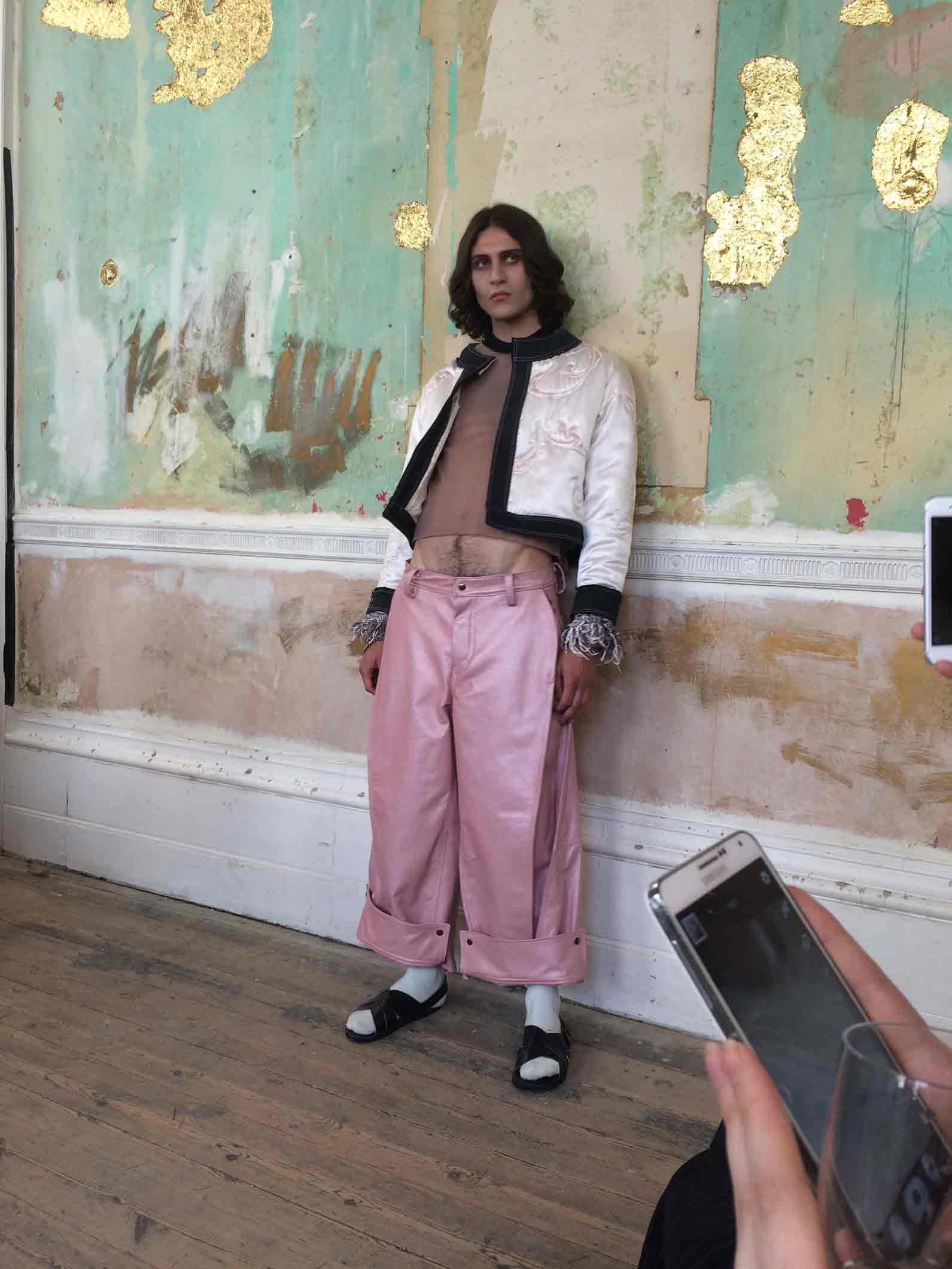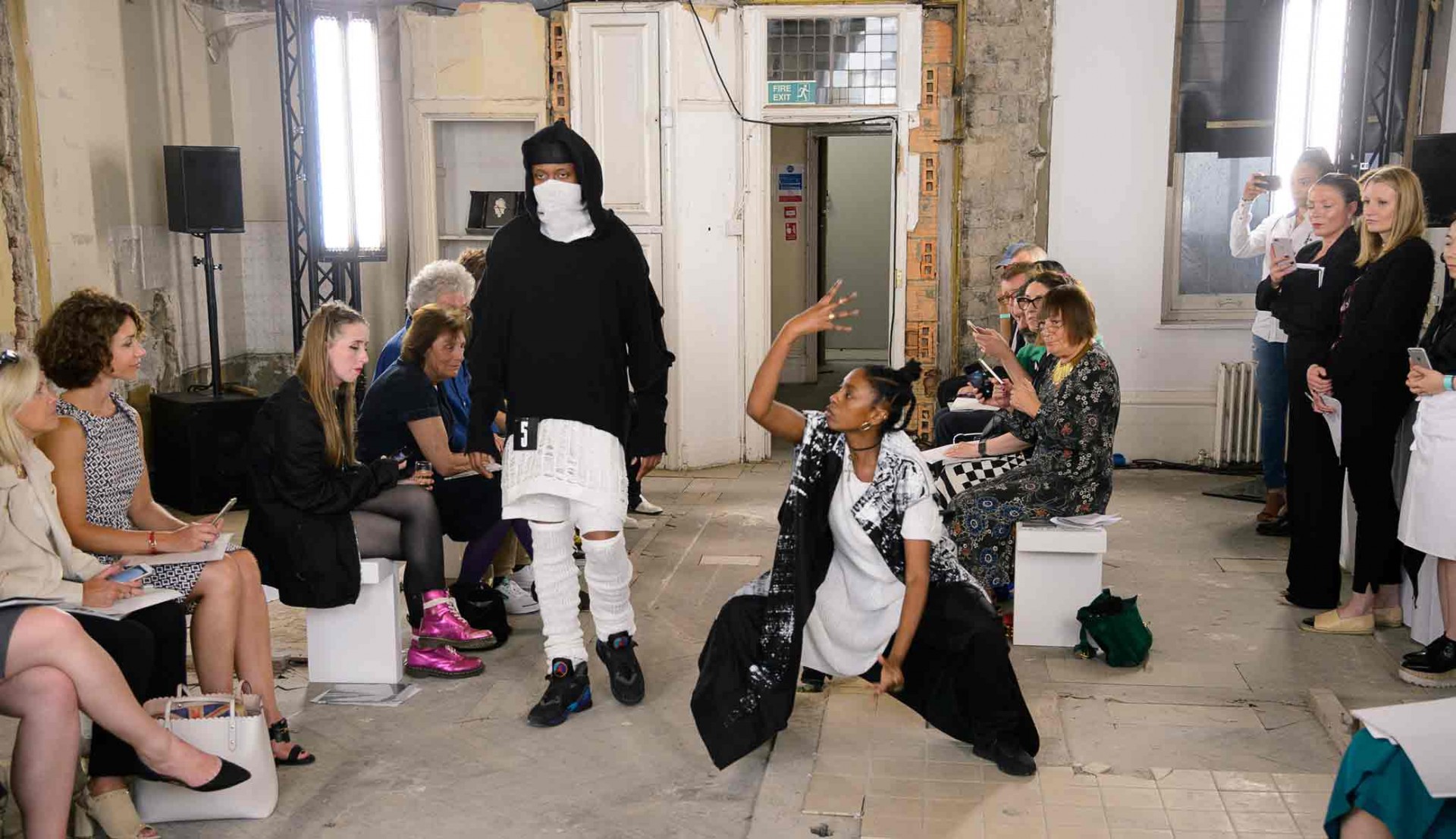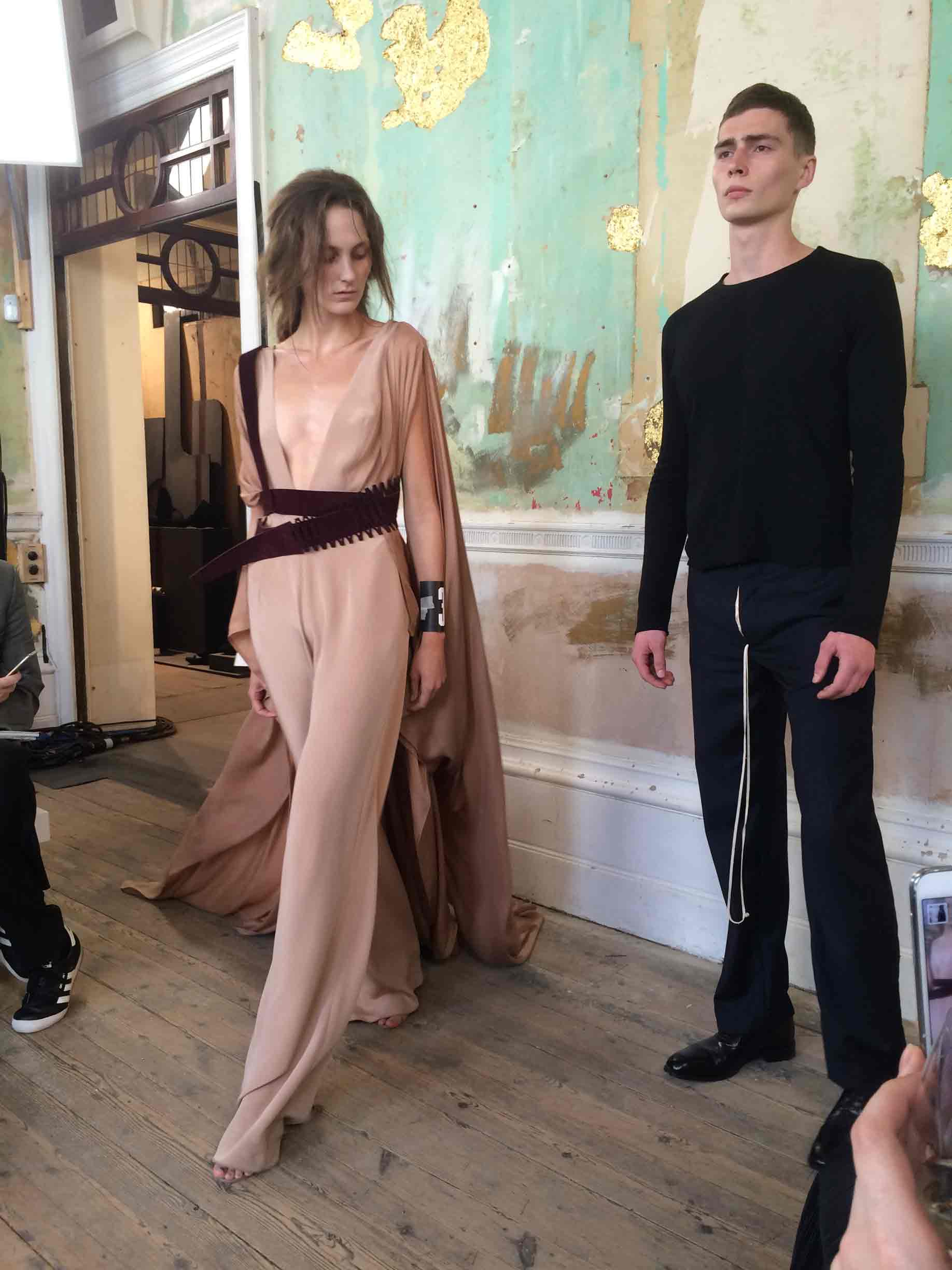The future of fashion: SHOW RCA 2016
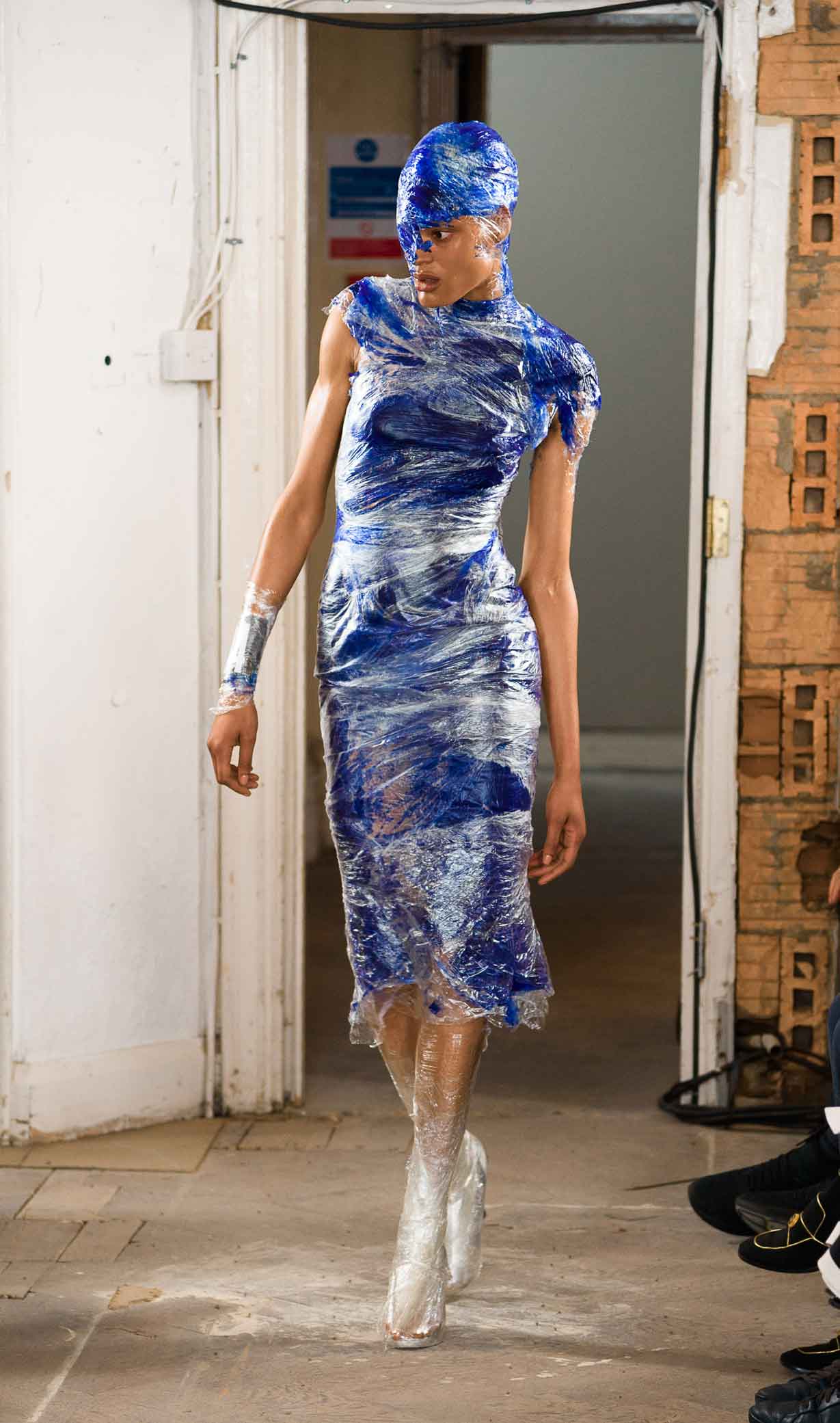 At the beginning of June, just as LCM was about to kick off, I went to an event that made me ask a lot of questions about fashion, about the restrictions of its current systems and about its place within a wider cultural landscape. That event was the RCA’s MA Graduate Fashion Show, the second under new head of fashion Zowie Broach and the college’s most ambitious to date.
At the beginning of June, just as LCM was about to kick off, I went to an event that made me ask a lot of questions about fashion, about the restrictions of its current systems and about its place within a wider cultural landscape. That event was the RCA’s MA Graduate Fashion Show, the second under new head of fashion Zowie Broach and the college’s most ambitious to date.
With her appointments in 2014, when her predecessor Wendy Dagworthy retired, after 16 years at the school, Broach brought a unique pedigree. Co-founder of highly conceptual fashion brand Boudicca, Broach and her partner Brian Kirkby became renowned for their non-conformist approach to the industry, for architectural design and for provocative, performance-based shows.
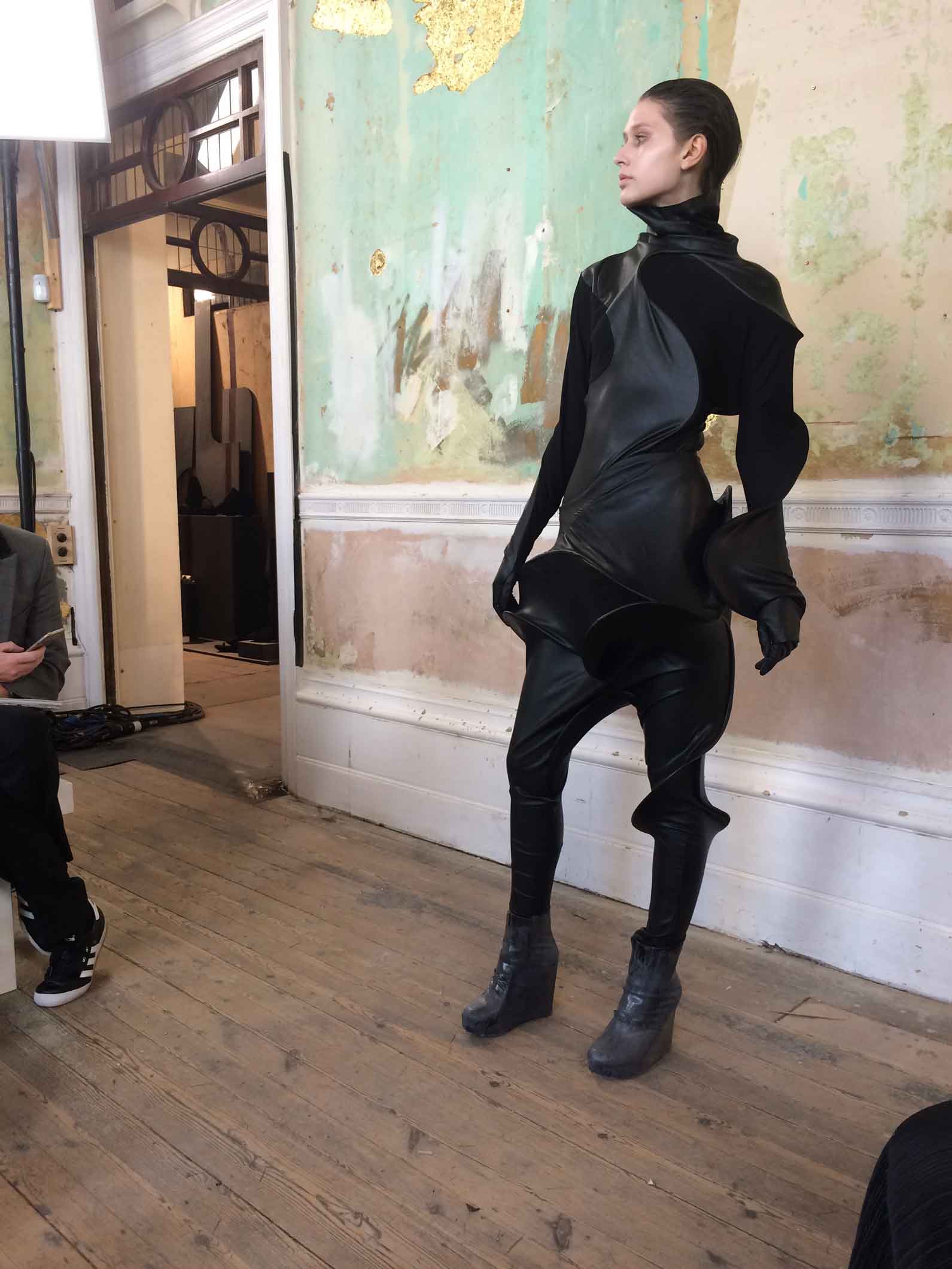
No wonder then that, as RCA head of fashion, Broach has put enormous emphasis on artistic and intellectual experimentation and on the importance of creative exchange and challenge. She is not alone in this. Fashion is facing enormous challenges and change is imminent. As Imran Amed, founder and editor-in-chief of Business of Fashion, wrote earlier this year: ‘The long-winded, broken fashion system will splinter into a variety of new operating models.’
Broach may well be one of the pioneers of these ‘new models’. After the RCA’s 2015 MA show, the first under Broach’s instruction, Suzy Menkes declared Broach’s appointment heralded a ‘new era’ in London fashion. The second, a 40 minute long series of disruptions to a multitude of fashion systems, is one more step into that era.
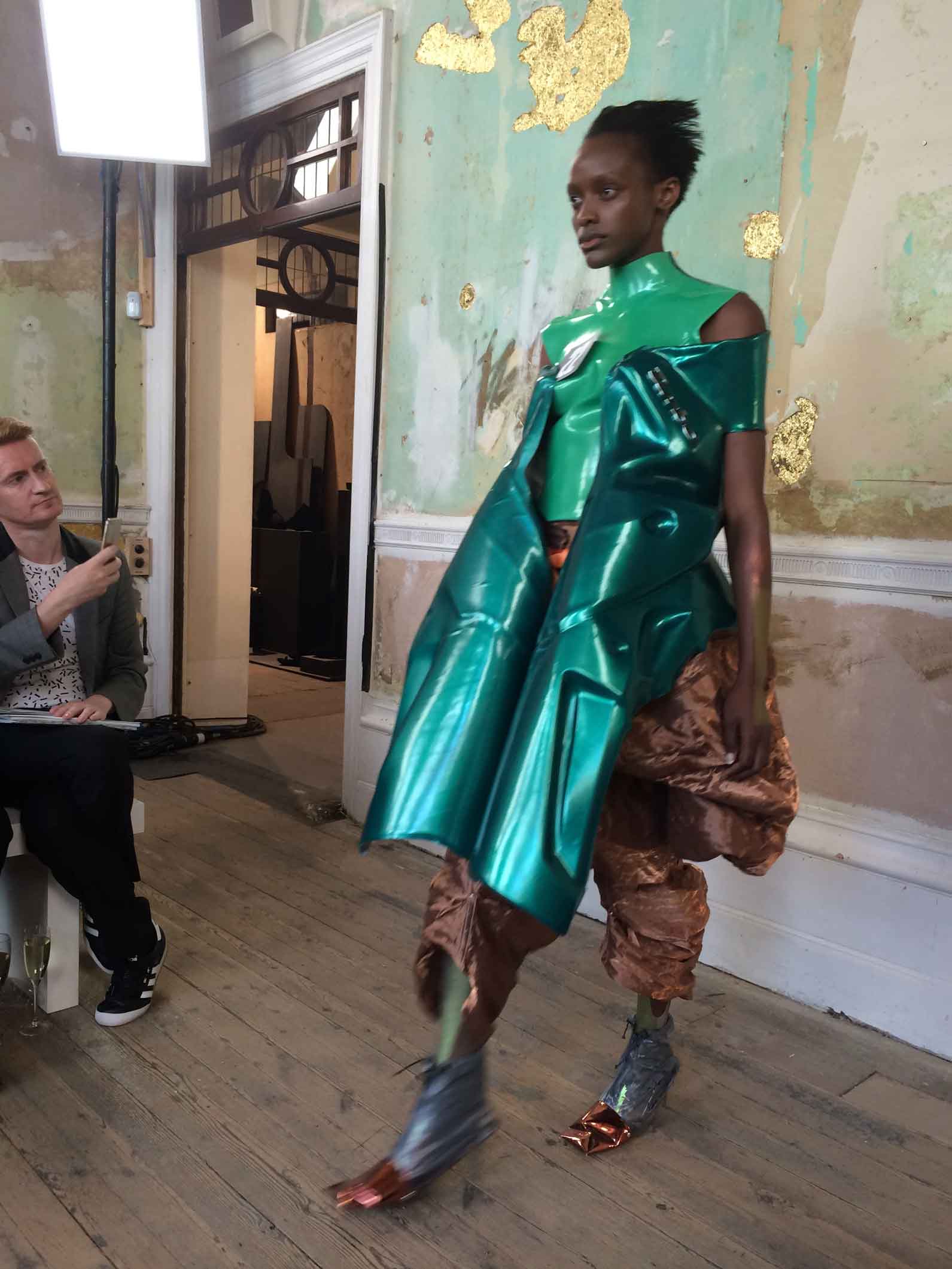
The show took place in the abandoned Averard hotel in Lancaster, the first time in almost 20 years that the RCA Fashion Show was seen outside college premises. Forty graduates presented one look each, exploring destroyed crafts and re-built artisanal tailoring in the process. From Luke Stevens’ lost boy to Stefanie Tschirky’s feline, shrink-wrapped feline alien, models were also actors, singers and dancers, using the full palette of physical skills to communicate the concept behind the clothes.
The result was a piece of theatre that compelled and inspire and in which fashion was just one element of a complex, evocative response to a changing industry and a challenging world. I spoke to Broach about her aims and fashion’s true place with global culture.
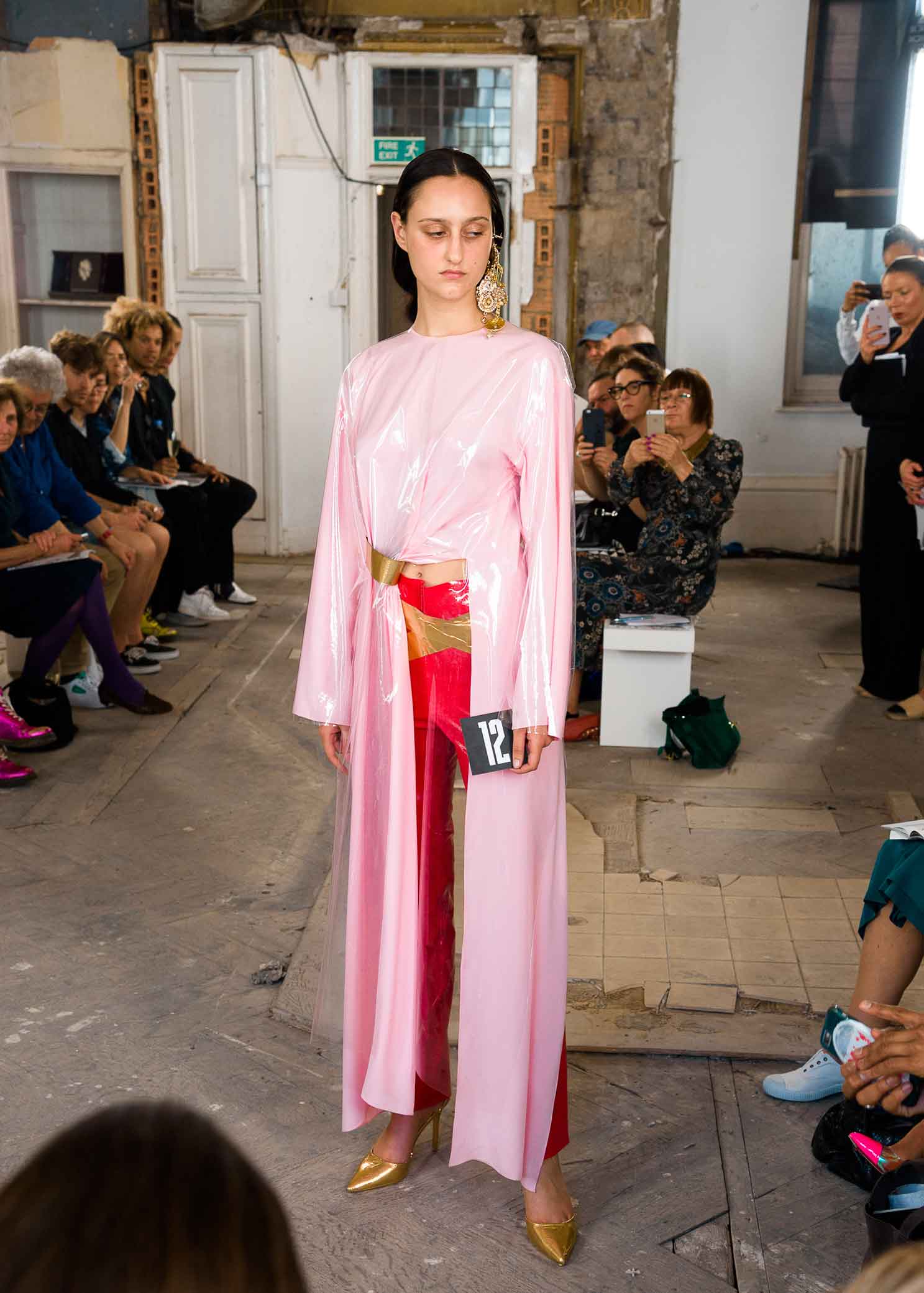
Bel: What were your intention for SHOW RCA 2016? Zowie: We’re now 10 years into a very big, consistent global regular fashion [system] and there are no surprises. I wanted students to present their work in a way that gave them the best opportunities for people to engage with it. [The show] is the biggest outward facing moment we have and, this year, I wanted to take it closer to what the industry is.
Bel: The venue was key in this intention. Zowie: We looked at other venues. Some were too far out, some it was obvious weren’t going to initiate narratives that were any different. Some were too expensive. When I saw The Averard, I knew it was special. It wasn’t going to be around for long and I loved the idea you could create a unique memory and how you would create it. It’s part of my training as a young designer in the 1990s, when the show was such an important part of how you connected with people.
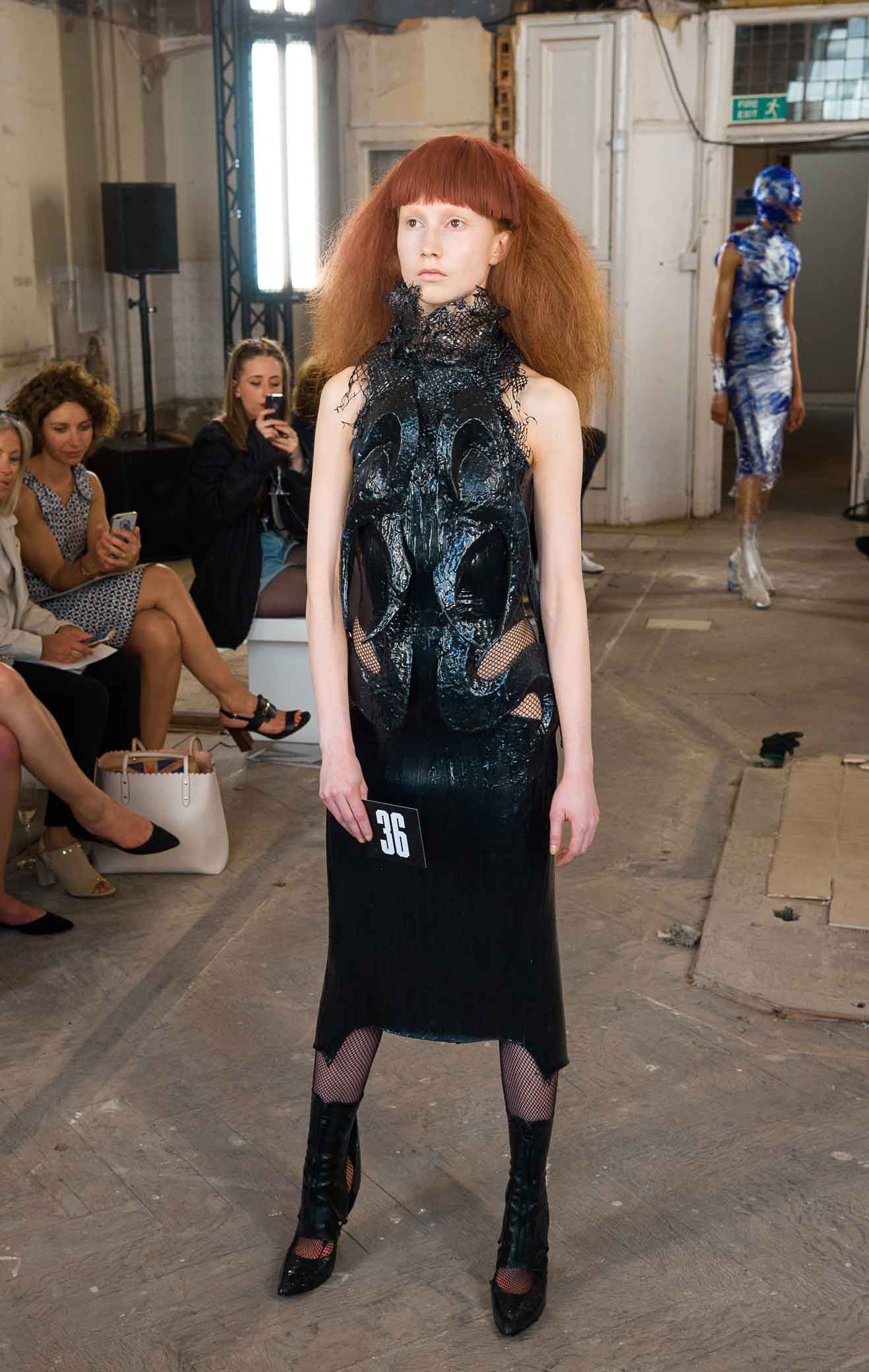
Bel: The show was very controversial in a number of ways: demanding only one look per student, using different models per student. Did the gamble pay off? Zowie: Yes, [the show] was controversial - but for the right reasons because it demanded the students reconsider everything. In previous collections, a model would come out in one collection and then appear later in another collection with similar hair and make up. Yes, that allows the design to be at the forefront but when you’re looking at 40 collections … [This format] enabled students to work with great people in the industry, whether that was hair and make up or choreography. They had to ask questions and develop those relationships, like you would as a designer.
One of the things I discussed with my team, my students and those above me, is that fashion is a very mercurial beast. When you’re a young designer, you have the need and the ability to be very fluid in your circumstances and … this was an opportunity to create a show that was an experience that people remembered. For me, it’s important you feel something when you see a show. It’s not just more clothes. We’re all very established in the aesthetic of design. Students work incredibly hard and they have important things to offer and I thought it was worth encouraging them to believe in something different. We have a cultural responsibility in a phenomenal industry that’s led by change and if we’re not doing it, when we’re not led by price points, then what are we doing it for? It’s about debate; it’s about being prepared to try something and fail.
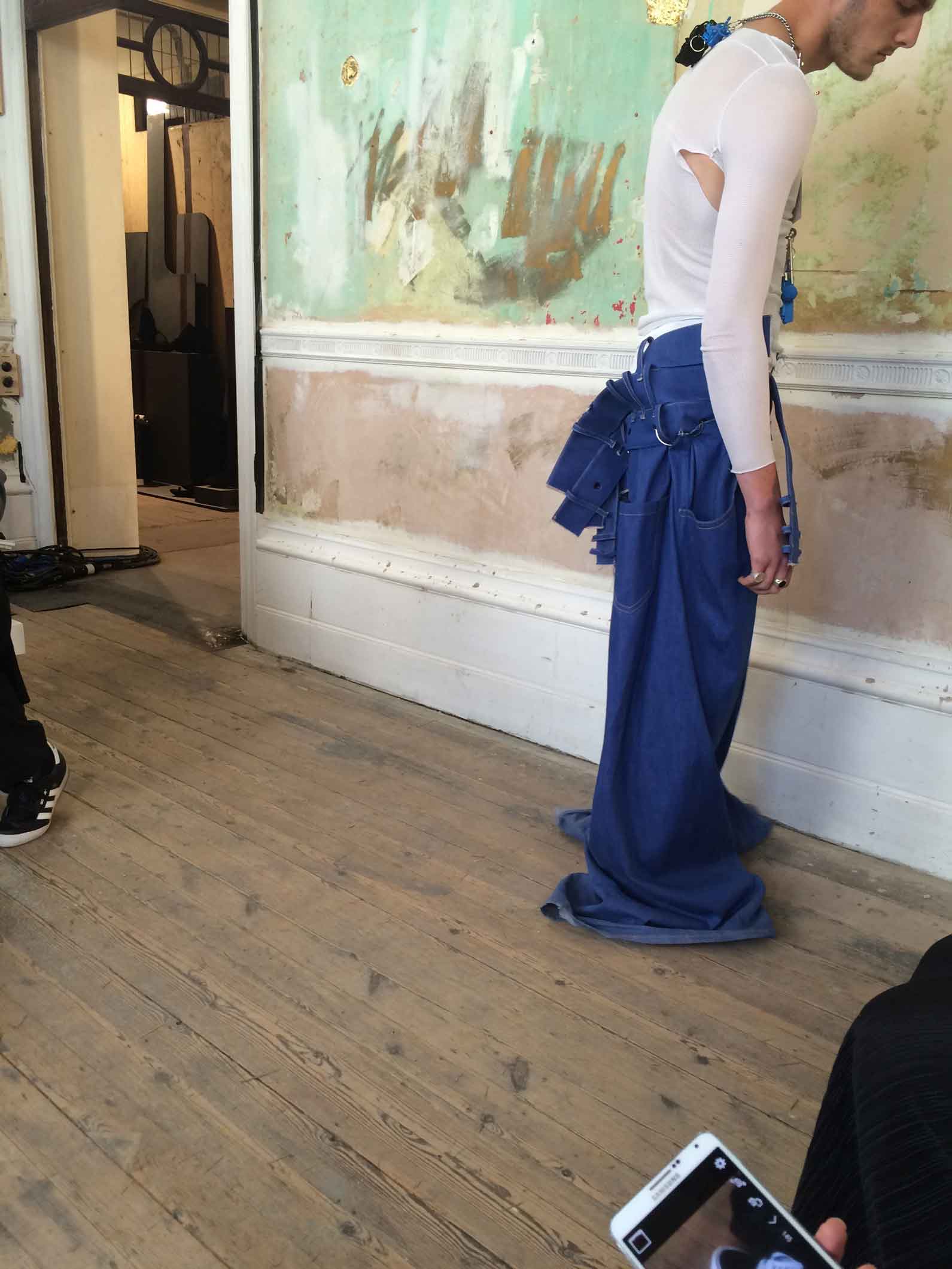
Bel: How important is it to place fashion into a wider cultural landscape? Zowie: As much as possible, the choreographer, the make up artist, would sit with every student and find out what they ideally wanted and to make sure that as much as their voice was heard as possible. A symphony is made up of lots of different instruments; but it’s also about the significant individual and bringing that forward and allowing them to play because they’re all so different.
Bel: How challenging was it for each student to hone their ideas to one look? Zowie: It was hard for all of us. Some collections were about taking an idea and developing it over a series, building up a narrative. But we had three days following with students playing with installations and two days of showrooms …
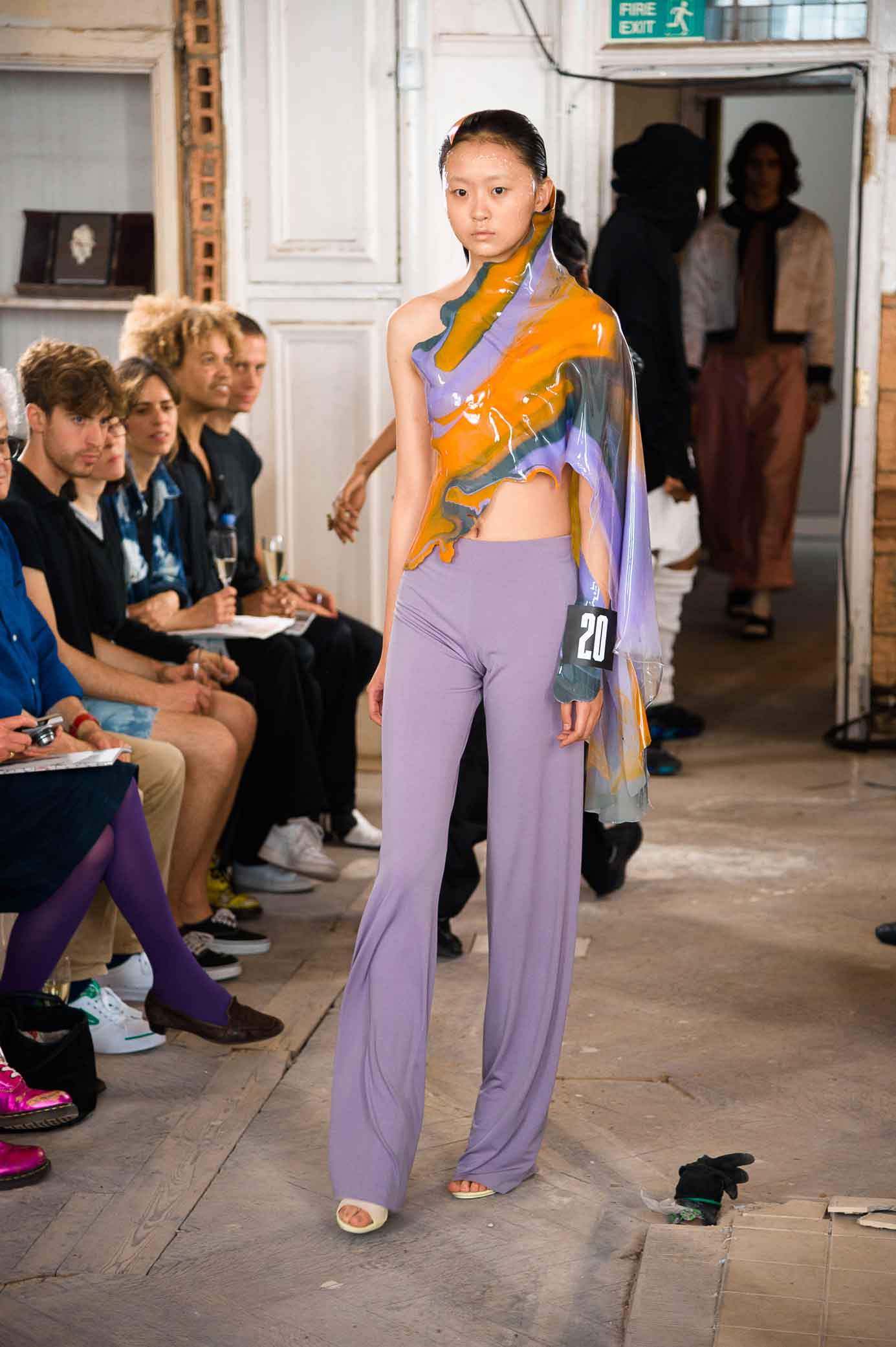
Bel: You use a quote from Dicken’s Tale of Two Cities on the invite and at the preface of the show’s catalogue: ‘It was the best of times, it was the worst of times, it was the age of wisdom, it was the age of foolishness … ‘ Explain what the quote means for you. Zowie: The day the students arrived, I arrived and it was a quote I read to them. I was setting the scene of what I thought was the landscape of our time. Those words are so powerful because they were written long ago and yet feel so relevant. These things are all threads that you build around students’ work, to help them understand their time. They have to be contemporary, to understand what this moment means.
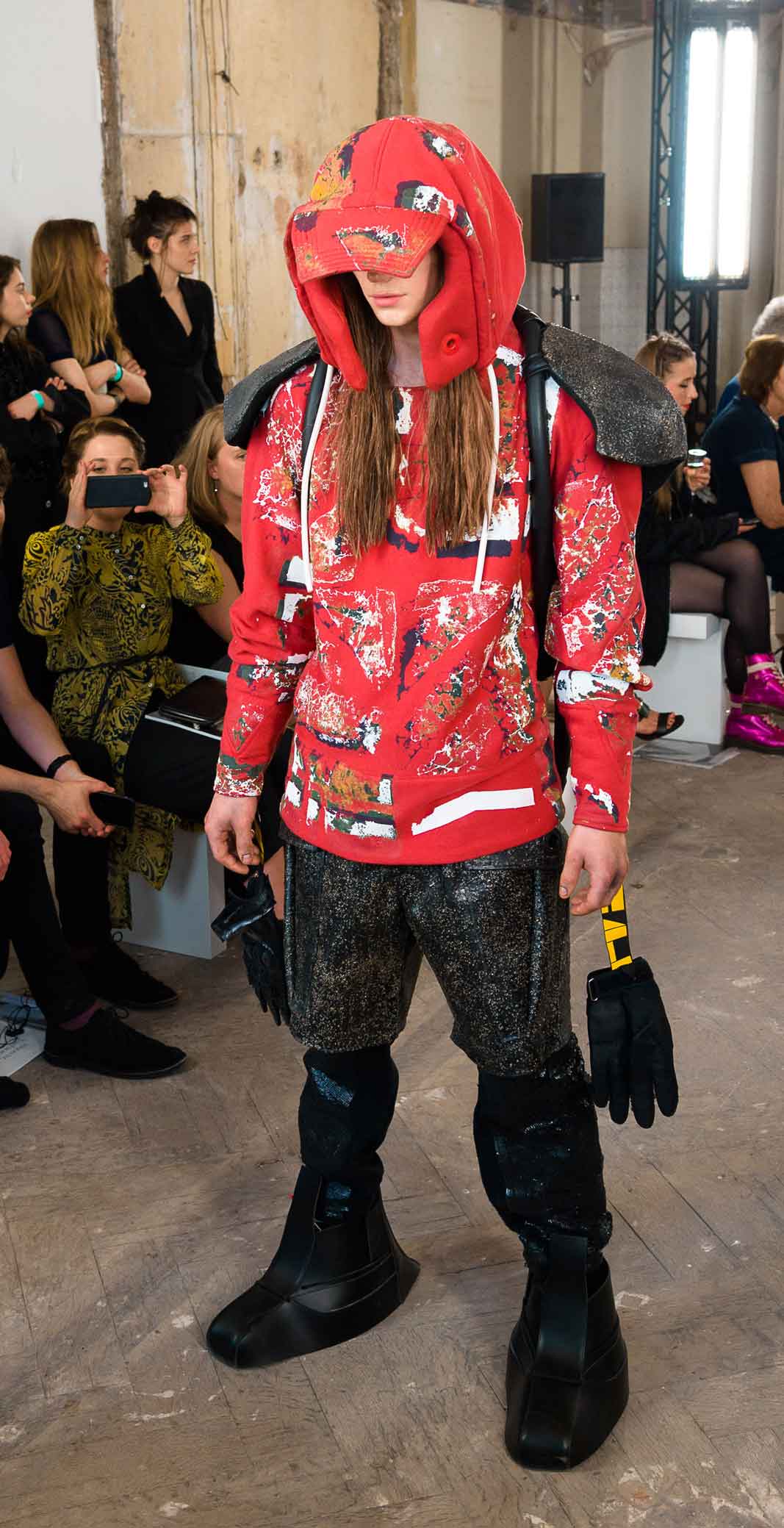
Bel: You rejected the idea of live streaming the show … Zowie: The building was one of the issues, no internet. But we all have to work out how we relate to technology. Last year, what was important to me was the emotion of the moment and I didn’t feel the feedback came from live streaming. It came from that physical experience.
Bel: Is it the end of the catwalk show? Zowie: No, it’s just changing its format. When the cinema came in, it challenged the novel but the novel adapted and was inspired by the cinema landscape. We’re wise enough now to reach beyond all those points. We have to make decisions relevant to the moment. I come back to the word ‘mercurial’. There’s something beautifully mercurial about fashion that’s got lost in the last few years because we’ve been so industry-orientated but it’s those mercurial pieces of design that get that rawness and spirit.
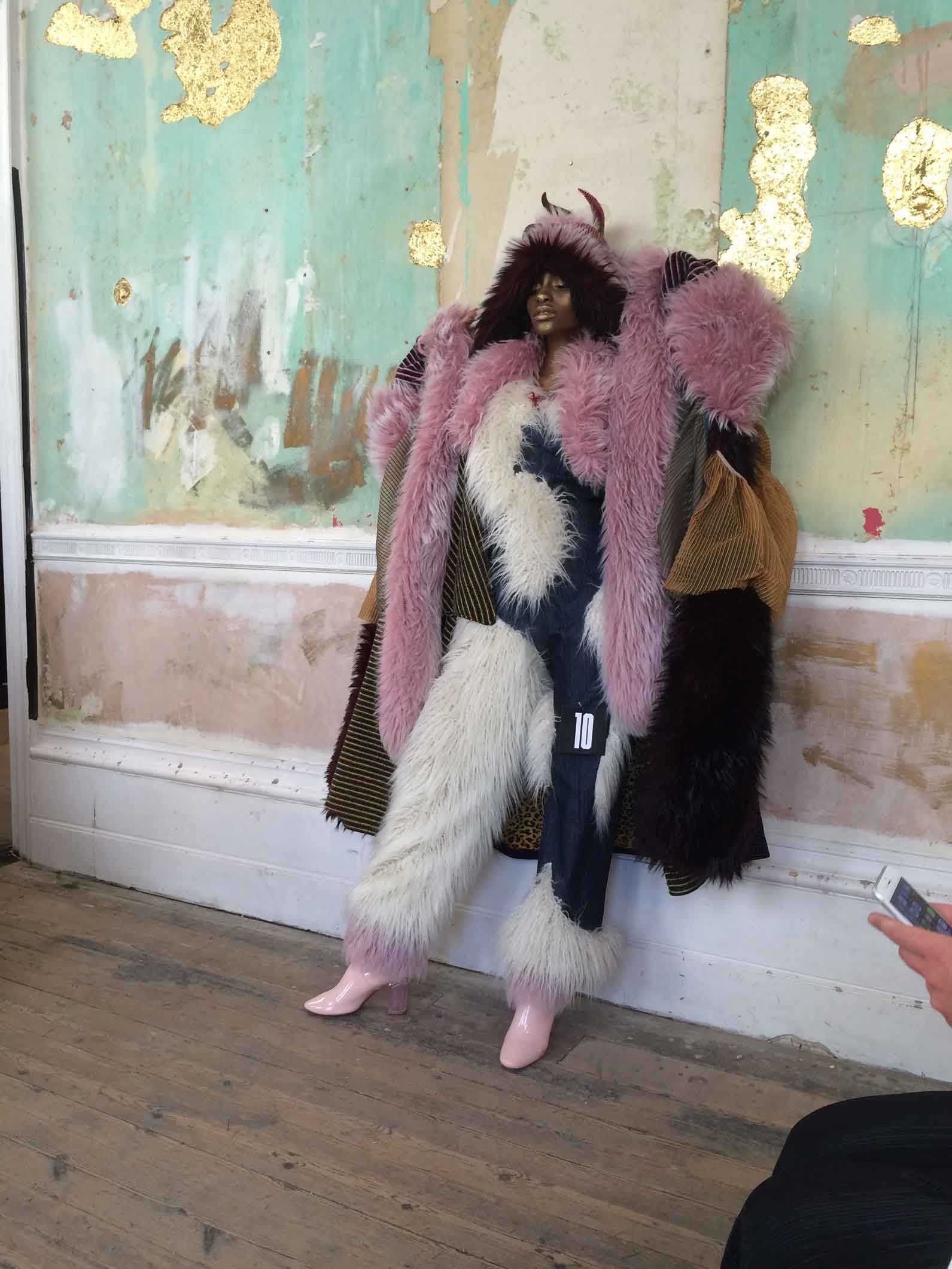
Bel: Does the industry speed up at the cost of creativity? Zowie: That’s been cited by designers, from the high end where it’s most intense, right down to the young designers who are asking what can they do. They’re wise, they’re smart and they know it’s an elitist system - but new systems are not yet in place. There are places - Farfetch and NJAL - and more are coming. We have to invest in culture. It asks bigger questions. A product can be fun, and beautiful and frivolous - but it can ask deeper questions. That’s art.
